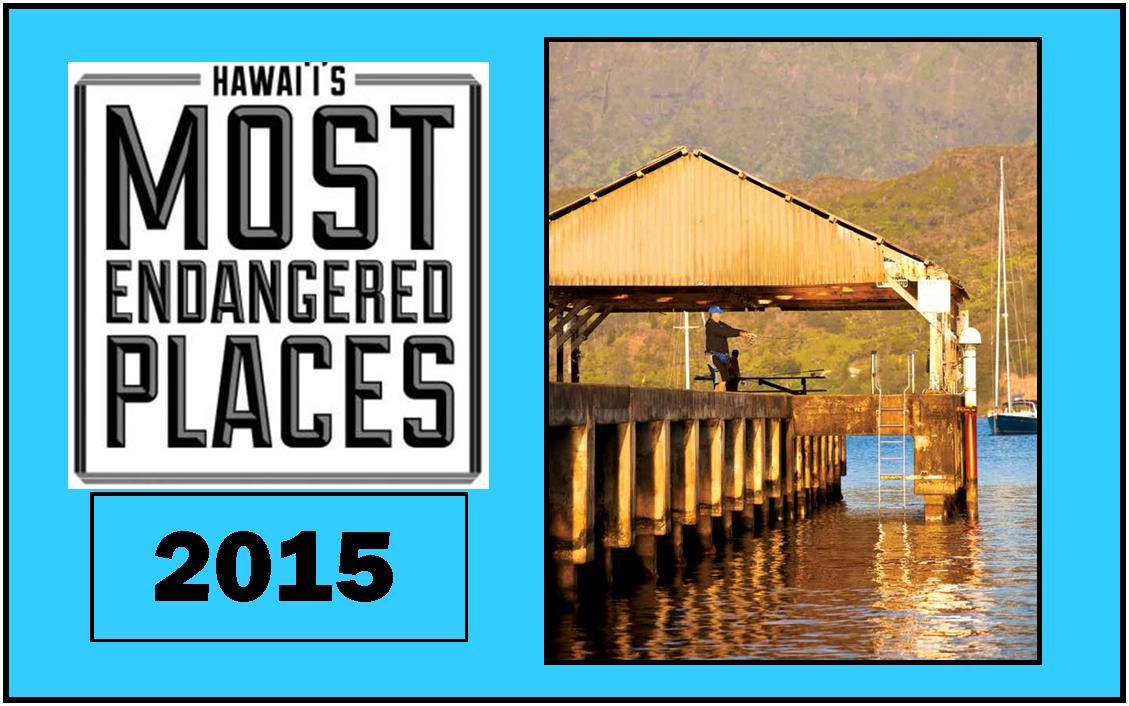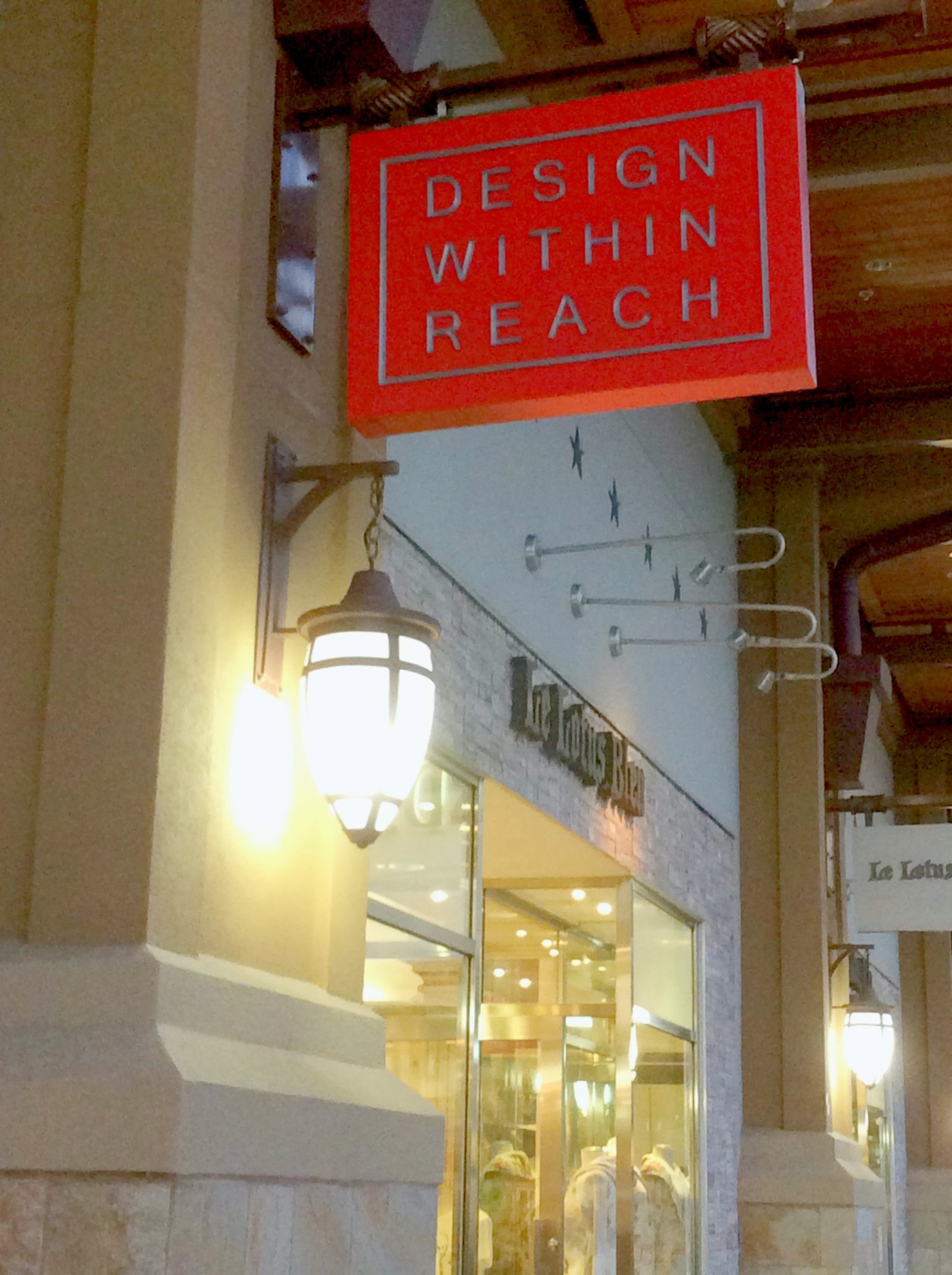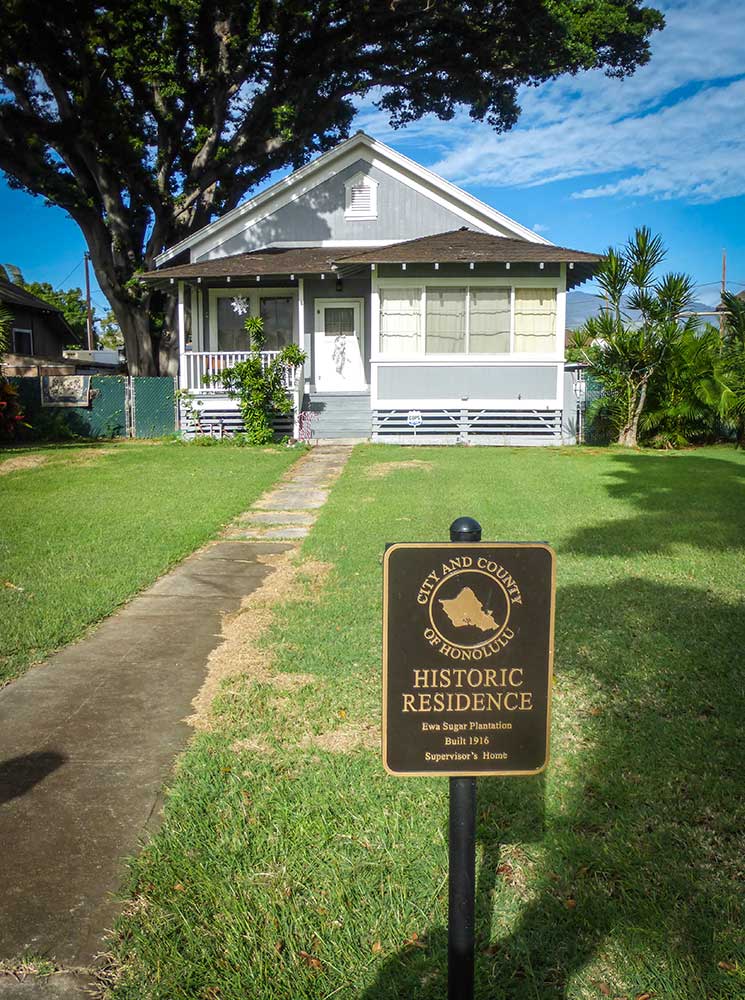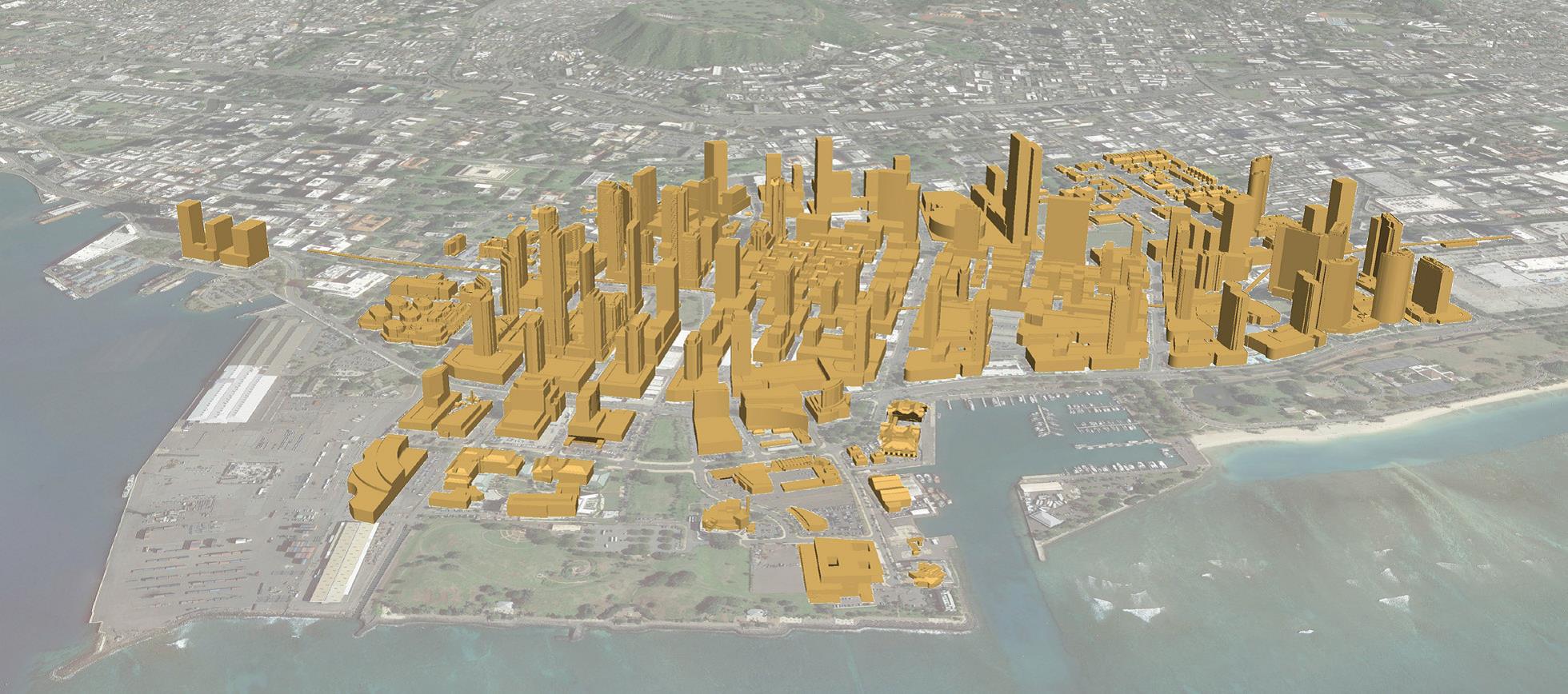Preservation in the News: Local ranches honored for their continued efforts to preserve and boost paniolo traditions and Hawaiian culture. Photo Credit: Hawaii Tourism Authority FROM: Hawaii Tourism Authority, August 27, 2015 HONOLULU - The Hawaii Tourism Authority (HTA), the state's tourism agency, honored the unique tradition of paniolo, Hawaiian cowboys, at its Tourism Legacy Awards Luncheon today during the 2015 Hawaii Tourism Conference at the Hawaii Convention Center. "We are pleased to honor local ranches for their contributions to their community, and ongoing efforts to perpetuate and promote paniolo traditions and Hawaiian culture," said George D. Szigeti, president and CEO of the HTA. "Congratulations to this year's honorees and mahalo to the ranches throughout the state for continuing to help shape our islands' unique culture and story." Parker Ranch (Hawaii Island) Located in Waimea on beautiful Hawaii Island, this 250,000-acre farm dates back to the early 1850s. John Parker purchased 640 acres in 1850 and another 1,000 acres the following year from Kamehameha III. The ranch has grown into an educational attraction where visitors can learn about its rich history, witness one of the oldest-running rodeos and enjoy the vast landscape. http://parkerranch.com Kualoa Ranch (Oahu) Established in 1850, Kualoa Ranch is a 4,000-acre working cattle ranch on the windward side of O'ahu, which strives to preserve, protect and promote Hawai'i's natural beauty and culture. Its lush backdrop can be seen in a number of blockbuster movies including Jurassic Park, Pearl Harbor and 50 First Dates, and visitors can enjoy the Ranch through a variety of activities, including movie tours, ATV rides and hikes. www.kualoa.com Ulupalakua Ranch (Maui) This ranch reigns as Maui's second largest, extending across 18,000 acres of land. Originally founded [...]









